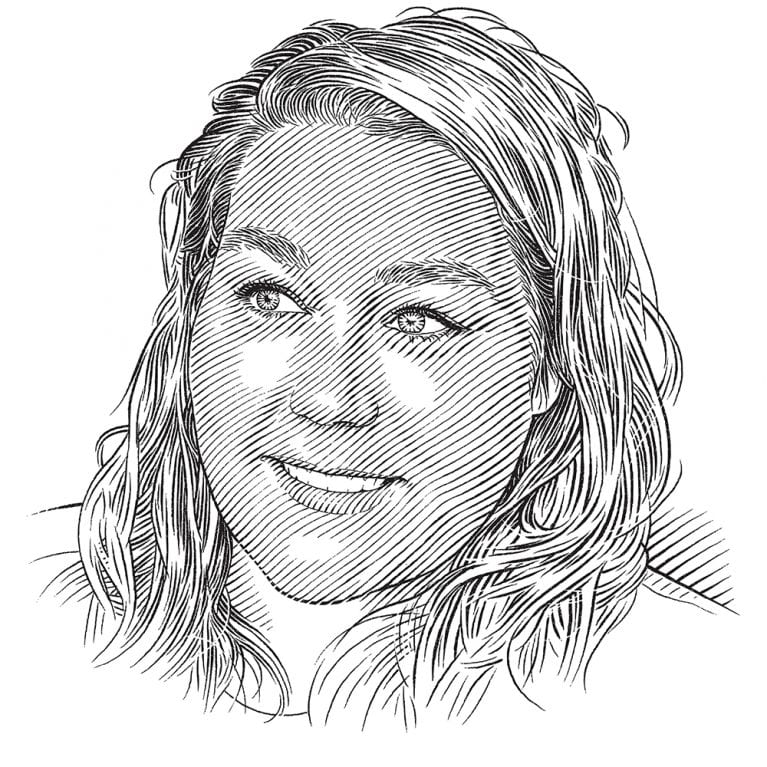Hannah Medd

Who I am
I grew up as a water-baby, or at least that’s what my parents called me. I’d wriggle out of the grasp of concerned bystanders and run face first into the waves, sand-filled diaper dragging, as my parents smiled with a shrug from their beach chairs. Of course, they were vigilantly watching me, but they knew it was futile to keep me on dry sand. At 11 years old, I read that my local beach was a hotspot for shark ‘attacks’, which did not make sense because I had never seen a shark while snorkelling, swimming, kayaking and surfing there. Fear turned into fascination as I read everything I could about sharks (yes, this was before the Internet) and that solidified my focus on them and a career path in science. As I pursued my undergraduate degree in marine biology at Florida Tech and my Master’s at the University of Cape Town, I realised that whatever I did, I wanted it to matter and make a real impact. I returned to Florida and worked for a global shark conservation non-profit, where I learned so much about the power of outreach and the regulatory and policy side of conservation. When I saw my efforts result in international protection for mantas, I knew I was on the right path and that I could use science and outreach to advance real conservation. This is the core philosophy of the non-profit I founded in 2016, the American Shark Conservancy.
Where I work
I have been incredibly lucky to work in very diverse areas. My graduate work spanned the entire coast of South Africa from the kelp forests of the cold west coast to the coral reefs in the east, but when it was over I was happy to return to the ‘sunshine state’ of Florida, USA. This unique state is surrounded on three sides by the ocean and has extensive swamps, salt marshes, mangroves, lakes, rivers, springs and wetlands – and they all lead to our stunning sandy beaches at the edge of the ocean. These diverse habitats support a high level of aquatic biodiversity, including many shark species and their prey. This attracts the interest of many different user groups, including scuba divers with an economic impact of US$900-million and more than two million anglers as part of a US$8-billion industry. I get to scuba dive for our Florida Shark Survey and record seasonal shark species, so many of my days are spent at sea on a local dive charter, engaging the dive community. And the field work with anglers for our new project involves spending many long nights on the beautiful east and west coast beaches waiting to catch a hammerhead – although it’s not a terrible way to spend time, sand really does get everywhere!
What I do
Our project is taking an in-depth look into the impacts of the shore-based recreational catch-and-release fishery that specifically targets the great hammerhead, a species that is particularly vulnerable to dying even when released from fishing gear. Through surveys, we learn about the anglers who pursue this type of fishing: how many there are and what their motivation is. We observe the fishing to learn about the gear and fishing methods used and the number of great hammerheads caught, and then we use short-term satellite tags to find out what proportion of the released sharks survive (it is prohibited to harvest them in Florida). We will identify what influences whether a hammerhead survives and this information will help to describe the best handling practices, possibly refine current state regulations and contribute to calculations for national commercial quotas.
